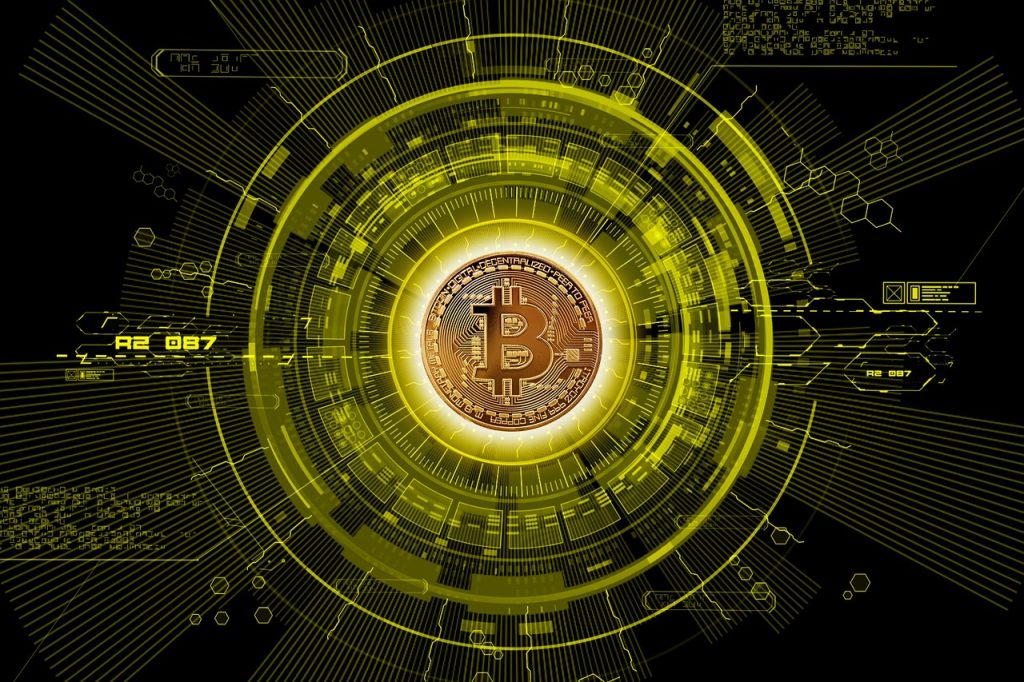Blockchain, or blockchain, is a technology that is used to send and store information about online transactions, i.e. it is something like a digital ledger of transactions. This information is arranged in the form of successive blocks of data. One block contains information about a certain number of transactions, then after saturation, another block of data is created, and so on. Many experts predict that blockchain-based solutions can significantly affect not only the world of technology, but also the functioning of financial institutions, e.g. buying and selling currencies or cryptocurrencies What is blockchain and how does it work?
How did Blockchain come about?
Blockchain technology was first described in 1991. These issues were dealt with by Stuart Haber and Scott Stornett. In their theory, this technology dealt with timestamping documents, using cryptographic security of block strings. Almost a decade later, Stefan Konst developed a special concept of a distributed ledger of transactions. It was created in the context of access to financial data of public trust, which arose when using online banking. The most important thing in this theory was the independence of the trustee of the ledger.
Blockchain and Bitcoin
This is how the Polish Bitcoin.org Association defines technology Blockchain”The blockchain is a public record of all Bitcoin transactions in chronological order.This chain is shared between all Bitcoin users. It is used to check the durability of Bitcoin transactions and to counteract double-spending.”Satoshi Nakamoto (pseudonym of the founding programmer) created Bitcoin as an independent and decentralized electronic payment system based on and secured by mathematical proofs and cryptography.
Thanks to blockchain, more cryptocurrencies are appearing, and this technology has a chance to become the basis for further modern solutions. Although it is indeed the most well-known, Bitcoin is not the only cryptocurrency. In addition to it, there are also many other cryptocurrencies, each with specific functions and mechanisms and was created for different purposes. However, not all cryptocurrencies have their own blockchain network. Some of the cryptocurrencies were created on top of a different blockchain network, while others were created completely from scratch. With current technology and computing power, it is impossible to counterfeit the largest blockchains.
Open source blockchain
According to the literal translation (block, chain), blocks of information are connected in a chain – each subsequent element depends on the previous one. Blockchain allows anyone to “own” the entire database of the system, thereby creating a distributed and decentralized ledger. Thanks to this solution, it is impossible to modify data, delete or add false information.
A good example is the well-known Wikipedia. We all have easy access to it, and every slightest trace of modification remains recorded – with the difference that the “administrators” of the blockchain system are all its users at the same time. So you know exactly when, who and how modified the content on each subpage. The whole strength of the system lies in trust in the technology that is its engine. What’s more, it is not a secret algorithm stored somewhere in closely guarded server rooms in the USA, but a completely open source code that can be analyzed and checked by absolutely anyone who has average knowledge of software development. The Bitcoin protocol and code is open-source, so anyone can review it in detail, analyze it, or simply copy it and use it for their own purposes.
Practical application of blockchain
At the moment, blockchain technology is used to handle various commercial and financial transactions, but they also support, for example, trade or the electricity market. The last blockchain uses the settlement of energy purchase and sale transactions between its small producers, e.g. households and their customers, energy consumers, including dispersed ones, e.g. electric cars. These transactions can take place outside the system that has been functioning for centuries – without the participation of public trust institutions, directly between the parties to the transaction, which is why work is constantly underway on the use of blockchains for digital signatures in state administration or as an accounting book in banking. Any type of transaction can be stored in blockchain technology.
The future of blockchain technology
Blockchain technology can play a huge role in the economy and contribute to the development of the economy. The financial industry was the first to recognize the potential of blockchain. For the last 7 years, the number of start-ups that develop cryptocurrency technologies based on blockchain technology has been steadily increasing. The FinTech industry (from the words finance and technology) is also developing dizzyingly, and in the insurance industry – InsurTech. In 2015, the R3 consortium was formed, founded by banks and FinTech companies, whose goal is to develop blockchain technology. This consortium included, m.in, HSBC, Citi, Morgan Stanley, Bank of America, Barclays and Goldman Sachs. In July 2016, Citi announced that it had developed its own cryptocurrency – citicoin. On the other hand, FinTech start-up Chain.com received $30 million in funding to build a solution that will allow it to transfer various valuable assets online, such as loyalty points or financial instruments.
Stopping only at the financial application of blockchain technology, we can talk about an unusual solution that strongly revolutionizes the existing order established in the economy. The growing importance of blockchain may lead to a redefinition of the concept of trust, which has so far been based on the authority of institutions, and will now be based on the strength of the cryptographic algorithm used in the system. It is difficult to clearly determine whether such optimistic sentiments related to the development of blockchain technology will turn out to be right. The World Economic Forum places blockchain technology in the TOP10, and Polish programmers are pioneers in the development of this technology. We are supposed to be something to be proud of.

